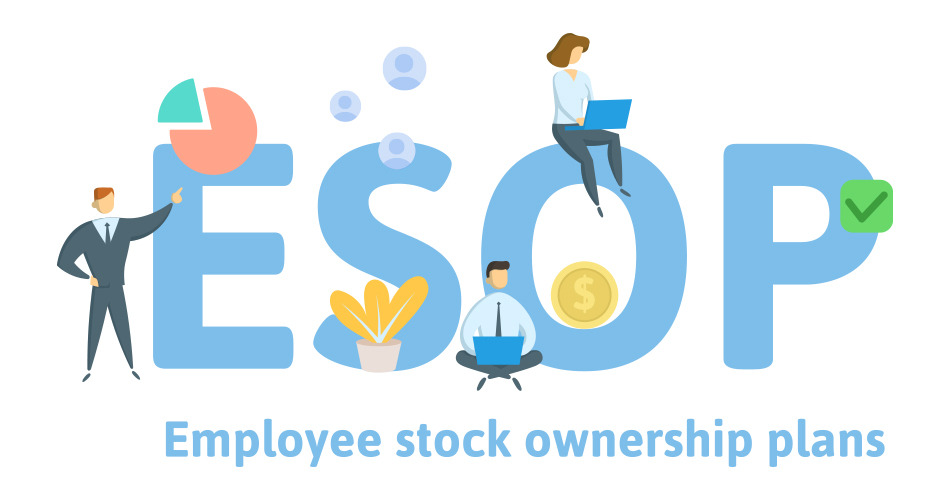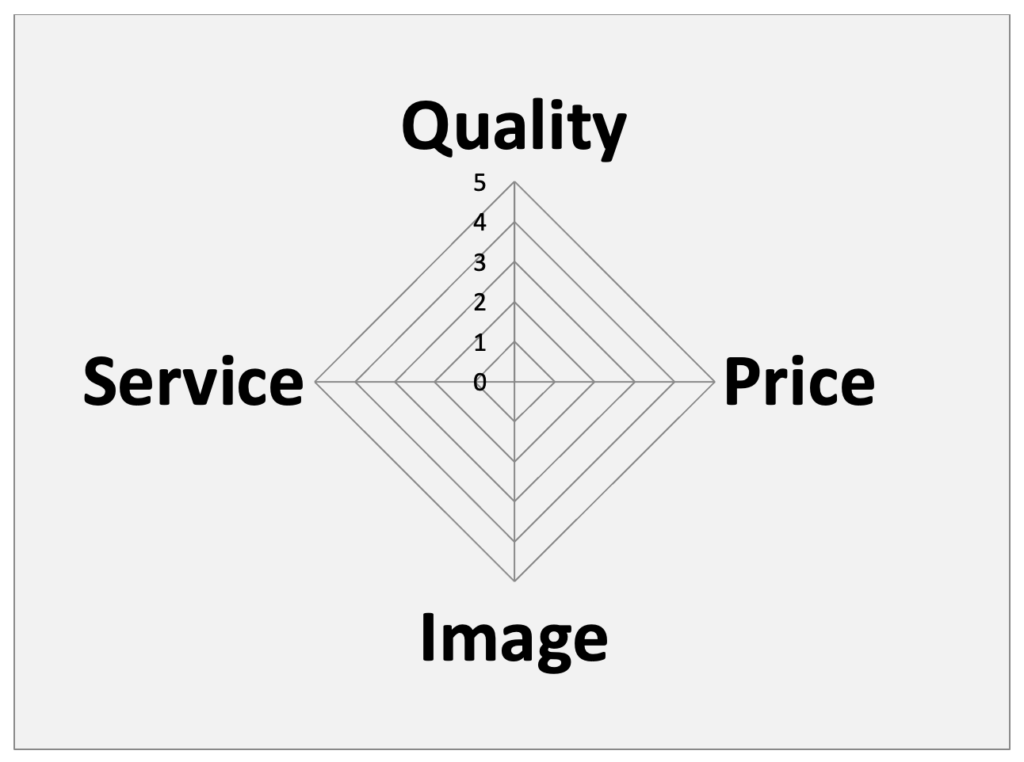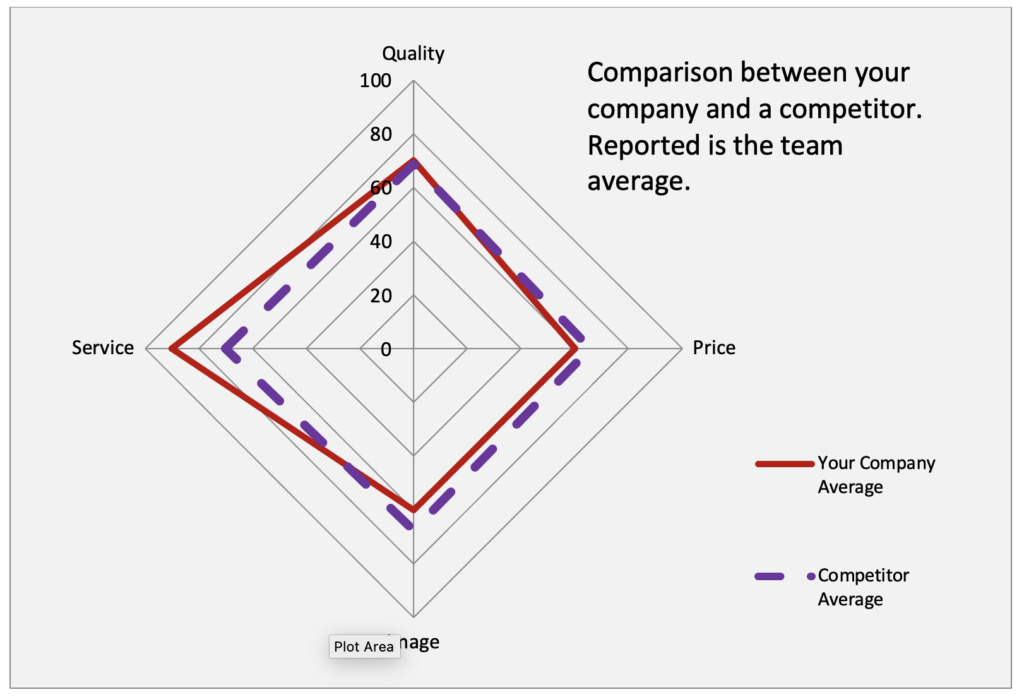
ByEdward B. Lasak, CPA
Recently, business owners and their legal and financial advisors have expressed renewed interest for selling companies to their employees through an Employee Stock Ownership Plan (ESOP). Ongoing threats by Congress of significantly raising income tax rates and capital gains rates on businesses and business owners has rekindled this interest. Most experts now believe that future tax rates will be significantly higher than today. Therefore, cashing out now a percentage or the full value of your investment may be the best time to reduce risk, diversify investment portfolios, secure cash flow, and protect wealth. Furthermore, ESOPs offer special tax benefits to shareholders and ESOP companies that impact the decision-making, valuation, and due diligent processes on how to optimize the business value.
As a point of reference, selling a business to an ESOP trust is not new. ESOPs have been around for over 60 years, and there are now over 6,600 companies operating under this ownership structure. Also, it is important to note that many politicians view ESOPs as a retirement asset for working-class Americans, and consequently, ESOPs receive legislative support from both political parties, which given the existing pollical climate is quite remarkable.
Historically, ESOP companies have demonstrated a record of success. Overall, they can produce better than average financial results generating a stronger, more profitable company where employees prefer to work. On average, ESOP companies experience the following compelling benefits compared to non-ESOP companies:
- Increased productivity: employees take ownership and act like owners. Furthermore, there is a 4% to 5% productivity improvement during the year an ESOP is adopted.
- Two percent higher sales and employment.
- Fifty percent fewer bankruptcies.
- A more motivated workforce: Employees earn 5-12% more in wages and are less likely to lose their jobs.
- Richer retirement plans by more than double.
So, what exactly is an ESOP and why is it so attractive as a plan to exit their business? As a brief definition, an ESOP is a tax-efficient leverage buyout where a company borrows money to purchase shares and contributes shares to a trust as an employee benefit to its employees. In essence, a trust owns the shares of a company’s stock that results in an employee benefit plan to its employees. From a legal perspective, it is classified as a defined contribution plan that is governed by ERISA and IRS regulations.
With this ownership structure, ESOPs offer several compelling benefits to business owners and their employees. Specifically, shareholders benefit as follows:
- A business can be sold quickly at fair market value, in a confidential and efficient manner. Consequently, there is no need to list the business publicly for sale, thereby providing the opportunity for a quick sale without revealing confidential information with competitors and the public. The fair market value is determined by a business appraisal calculated at fair market value.
- Perhaps even more compelling to many business owners is that there are impactful tax advantages resulting from ESOPs for optimizing valuations, cash flow, and wealth. Most notably, S-Corp ESOPs do not pay income tax on earnings resulting in significantly greater cash flow. Consequently, company loans are paid off with pretax profit which accelerates the payoff. Also, business owners may defer, or even avoid entirely, capital gains on the sale if the process and investments comply with Tax Code Section 1042 requirements.
- It allows ownership the opportunity to reduce portfolio risk by cashing out a portion of their stock ownership. This provides shareholders the opportunity to diversify their assets in other investments rather than having most of their wealth tied up in one, high-risk business.
- It saves jobs over the option of selling to strategic investors, and most importantly to many owners, preserves the family business legacy. Many business owners would prefer selling their businesses to their employees because they have been the people who have helped them grow the business and make it prosper. These employees can manage the business without day-to-day involvement by the business owner. In many ways, employees are the biggest portion of a company’s goodwill, and this sales option preserves that asset. It offers the perfect partnership of owners and their employees for selling a business.
- It is a great employee retention vehicle which is especially important now during COVID. It is a common fact that employees prefer working for an ESOP because they have an ownership stake in the financial performance of a company. Likewise, ESOPs provide the added opportunity to offer stock options to reward key employees beyond the ownership benefit.
- It allows business owners to sell their businesses at fair market value even when there are limited buyers available in the market.
Likewise, ESOPs offer several compelling benefits to its employees.
- First and foremost, employee jobs are protected, and operations are not consolidated elsewhere.
- Moreover, employees will share in the profits and value increases of the company. Company shares are held in ESOP Trust for the benefit of employees. As the company grows in value, it adds to employee retirement benefits. ESOP employees generally retire with richer retirement benefits compared to non-ESOP companies.
- Employees feel and behave like owners, even though they may not directly run the company.
- Studies show that employees prefer working at employee-owned companies.
On the other side of the coin, ESOPs are not for every business owner. Here are a few restrictions of ESOPs.
- As a first requirement, the company must be large enough and growing to absorb the cost of increased governance. Moreover, the balance sheet needs to have limited debt to absorb increased debt capacity needed to fund the transfer and begin paying off existing shareholders. Usually, the deal is financed with 40% to 50% in bank loans, and the remainder of loans from shareholders.
- Normally, ownership cannot cash out and leave. Most likely, ownership will be needed to stay on board to manage the company for next three to five years until bank loans are paid off.
- Although employee and management are protected from strategic buyers, there may be fewer opportunities for optimizing the company, and capital expenditures may be tight until some of the debt is paid off.
- Employees benefit long term from a successful company, but it may take several years until they build up a meaningful equity in the company.
- Ownership can no longer operate the company without sufficient controls, increased fairness, and complete transparency.
- Management will need to comply with increased regulation from ERISA.
Summary
For businesses that qualify, ESOPs provide an attractive exit option for selling a company at fair market value to its employees in a relatively quick and confidential manner. Moreover, the sales process can be done all at once or implemented over a time based on the preference of ownership. Likewise, it can be a process for cashing out a partner or to diversify ownership assets. It also assures ownership that their employees will be protected, and their family business legacy preserved.
Perhaps most importantly, tax advantages are profound. First, S-Corp ESOPs do not pay income tax. Second, with Tax Code Section 1042 compliance, capital gains tax can be deferred or even avoided entirely with this sales option. Likewise, this retirement option becomes even more attractive option as tax rates increase.
Although ESOPs result in new compliance cost, this increased compliance can result in a more professional management process with annual valuations, oversight by outside board members, the benefits of annual audits, and overall increased transparency.
Get started now with a free assessment of this exit option.




